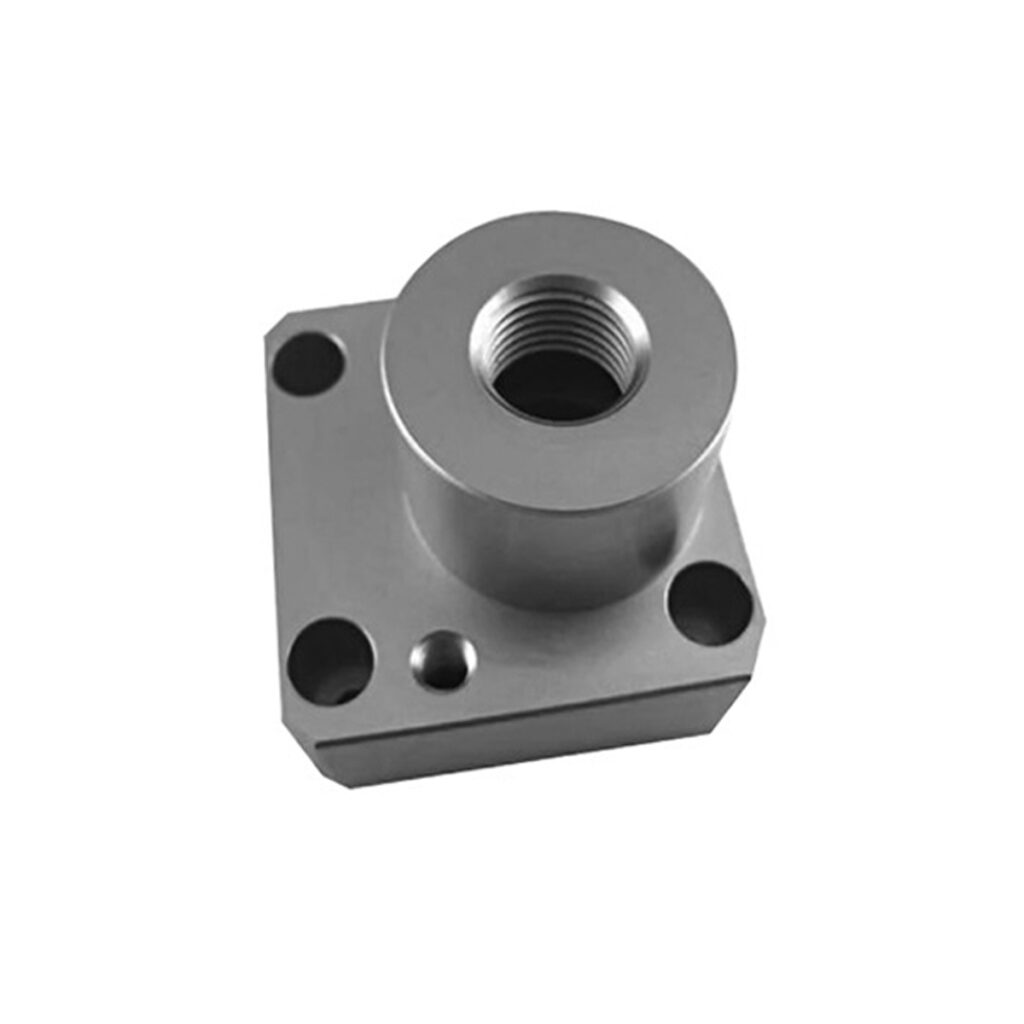Introduction
In aerospace investment casting, a single undetected defect can cost $500,000+ in engine repairs. As a NADCAP-accredited foundry supplying Airbus, Safran, and GE Aviation, we reveal the 12 non-negotiable QC processes that ensure near-zero defect rates in flight-critical components.
1. Wax Pattern Injection Control
1.1 Precision Parameters
- Die Temperature: 25±1°C (ASTM B960)
- Injection Pressure: 45-60 bar
- Cooling Rate: 3°C/min (prevoves warpage)
Critical Check:
▶ First/last shot dimensional verification (±0.05mm)
▶ 100% visual inspection under 10x magnification
2. Cluster Assembly Validation
2.1 Robotic Assembly Standards
| Parameter | Tolerance | Measurement Method |
|---|---|---|
| Gate Angle | ±0.5° | Laser protractor |
| Spacing | 1.5D ±0.1mm | CMM |
| Alignment | 0.03mm/m | Optical comparator |
Aerospace Requirement:
- Cluster weight <15kg for Ni-superalloys (prevoves shell cracking)
3. Primary Slurry Coating
3.1 Slurry Specification
| Property | Requirement | Test Frequency |
|---|---|---|
| Viscosity | 18-22 sec (Ford Cup #4) | Hourly |
| Density | 1.82-1.85 g/cm³ | Per batch |
| Binder Ratio | 22-25% SiO₂ | XRF analysis |
Failure Prevention:
- Auto-dipping system maintains 25±0.5mm coating thickness
4. Stucco Application Audit
4.1 Graded Stucco System
| Layer | Material | Grain Size |
|---|---|---|
| 1st | Zircon | 80-120 mesh |
| 2nd | Alumina | 50-70 mesh |
| 3rd-5th | Mullite | 30-50 mesh |
Quality Alert:
- Sieve analysis every 4 hours (per AMS 4492)
5. Drying Environment Monitoring
5.1 Controlled Conditions
| Parameter | Range | Sensor Type |
|---|---|---|
| Temperature | 23±1°C | PT100 RTD |
| Humidity | 65±3% RH | Capacitive sensor |
| Airflow | 0.3-0.5 m/s | Anemometer |
Data Logging:
- 24/7 monitoring with ±0.1% accuracy
6. Shell Firing Validation
6.1 Thermal Profile Control
| Stage | Temperature | Hold Time | Atmosphere |
|---|---|---|---|
| Dewax | 850°C | 45 min | Steam |
| Sinter | 1150°C | 2 hours | Air |
| Pre-heat | 980°C | 30 min | Argon |
Critical Test:
▶ Shell permeability: 15-25 PPI (Per ASTM C577)
7. Melt Chemistry Certification
7.1 Aerospace Alloy Standards
| Alloy | Key Elements | Spectrometer Limits |
|---|---|---|
| Inconel 718 | Ni 50-55%, Nb 4.75-5.5% | ±0.003% |
| Ti-6Al-4V | Al 5.5-6.5%, V 3.5-4.5% | ±0.001% |
Traceability:
- OBLF spectrometer logs tied to heat number
8. Pouring Process Surveillance
8.1 Critical Parameters
| Variable | Requirement | Monitoring |
|---|---|---|
| Superheat | 150-200°C | IR pyrometer |
| Vacuum | <0.5 mbar | Pirani gauge |
| Fill Time | 3-7 sec | High-speed camera |
Case Study:
Reduced turbine blade porosity by 90% through:
- Electromagnetic stirring
- Dynamic pressure-controlled pouring
9. HIP (Hot Isostatic Pressing)
9.1 Aerospace Protocols
- Temperature: 1185±15°C (Inconel)
- Pressure: 1035±35 bar
- Duration: 4 hours minimum
Validation:
- Microsection analysis pre/post HIP
- 100% density requirement (AMS 2750/3)
10. Non-Destructive Testing
10.1 Multi-Method Approach
| Technique | Defect Sensitivity | Standard |
|---|---|---|
| X-Ray | 0.3mm voids | ASTM E1742 |
| FPI | 0.05mm cracks | AMS 2647 |
| UT | 0.5mm inclusions | NAS 410 Lv1 |
Automation:
- AI defect recognition reduces false calls by 40%
11. Precision Machining QC
11.1 Aerospace Tolerance Standards
| Feature | Tolerance | Measurement |
|---|---|---|
| Blade Root | ±0.012mm | CMM |
| Cooling Holes | ±0.025mm | Optical bore gauge |
| Surface Finish | Ra 0.4μm | Profilometer |
Tooling Control:
- Tool life tracking per 15 machining cycles
12. Final Certification
12.1 Documentation Package
- Material Certs: Mill test reports + heat treat logs
- NDE Reports: X-ray films + digital UT maps
- Dimensional: PPAP package with CMM data
- Traceability: Laser-etched part numbers


